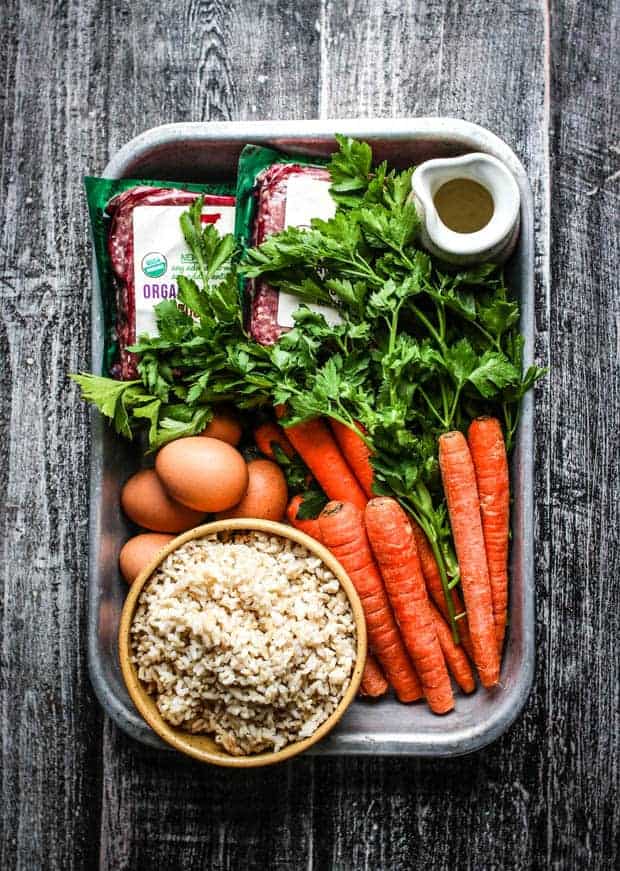Best Dog Food A Comprehensive Guide For Your Beloved Companion
As a responsible dog owner, one of your top priorities is ensuring your furry friend's health and well-being. Providing the best dog food is paramount to their overall happiness and longevity. With countless options available on the market, finding the right food for your canine companion can be overwhelming. In this comprehensive guide, we'll explore the essential factors to consider when choosing the best dog food, discuss different types of dog diets, and provide expert tips to help you make the most nutritious choice for your beloved pet.
1. Understanding Your Dog's Nutritional Needs
Every dog has unique nutritional requirements based on factors such as age, size, breed, activity level, and overall health. While all dogs need a balanced diet, specific nutrients may vary. Consult with your veterinarian to determine your dog's specific dietary needs, ensuring you select a food that meets those requirements.
2. Decoding Dog Food Labels
Reading and understanding dog food labels is crucial to make informed choices. Look for key information such as the protein source, grain content, and added supplements. Avoid dog foods that contain fillers, artificial additives, or excessive preservatives. Opt for products with named meat sources as the primary ingredient.
3. Different Types of Dog Diets
There are various types of dog diets available, each catering to different dietary preferences and health needs. These include:
a. Dry Dog Food (Kibble)
Dry dog food is a popular and convenient option, offering a longer shelf life and ease of feeding. Look for high-quality kibble with real meat as the main ingredient and minimal fillers. Remember to provide plenty of fresh water, as kibble alone may not meet all of your dog's hydration needs.
b. Wet Dog Food (Canned)
Wet dog food provides higher moisture content and can be beneficial for dogs with dental issues or picky eaters. Choose canned food with natural and wholesome ingredients, avoiding those with excessive salt or artificial flavors.
c. Raw Dog Food
Raw dog food diets have gained popularity, with proponents claiming numerous health benefits. These diets consist of raw meat, bones, fruits, and vegetables. If considering a raw food diet, consult with a veterinarian to ensure it is balanced and safe for your dog.
d. Home-Cooked Dog Food
Some pet owners prefer preparing home-cooked meals for their dogs. While this can be an excellent option for ensuring quality ingredients, it requires careful planning and adherence to balanced recipes to meet your dog's nutritional needs.
4. Common Allergens and Sensitivities
Just like humans, dogs can have food allergies or sensitivities. Common allergens include grains, certain protein sources (e.g., beef or chicken), and dairy products. If your dog displays symptoms of allergies like itching, digestive issues, or skin problems, consult your veterinarian to identify the allergen and switch to a suitable hypoallergenic dog food.
5. Age-Appropriate Dog Food
As dogs age, their nutritional needs change. Puppies require more calories and essential nutrients to support growth, while senior dogs may need fewer calories and specific supplements for joint and heart health. Choose age-appropriate dog food to ensure your furry companion thrives at every stage of life.
6. Consideration for Special Health Conditions
If your dog has specific health conditions, such as obesity, diabetes, or kidney disease, their dietary requirements will differ. Your veterinarian can recommend special prescription diets tailored to manage these conditions effectively.
7. Introducing New Dog Food
When transitioning to a new dog food, do it gradually over several days to prevent digestive upset. Mix a small amount of the new food with the current food, gradually increasing the proportion of the new food until your dog is fully transitioned.
8. Avoiding Table Scraps
While it may be tempting to share table scraps with your dog, many human foods can be harmful to them. Foods like chocolate, grapes, onions, and certain artificial sweeteners should be avoided, as they can be toxic to dogs.
9. The Importance of Hydration
Proper hydration is crucial for your dog's health. Always ensure fresh and clean water is available at all times, especially if you are feeding dry dog food. Dehydration can lead to various health issues and discomfort for your canine companion.
10. Regular Monitoring and Adjustments
Your dog's dietary needs may change over time due to factors like activity level, health conditions, and age. Regularly monitor your dog's weight, energy levels, and overall health, and consult with your veterinarian to make any necessary adjustments to their diet.
Conclusion
Selecting the best dog food for your furry friend is a decision that requires careful consideration. Understanding your dog's nutritional needs, reading labels, and choosing the right type of diet are essential steps in providing the best possible nourishment. Remember, a well-balanced diet is the foundation for a healthy and happy life for your beloved canine companion. Always prioritize their well-being and consult with a veterinarian for personalized dietary recommendations. With the right care and nutrition, your loyal companion will thrive and bring joy to your life for years to come.






0 Comments